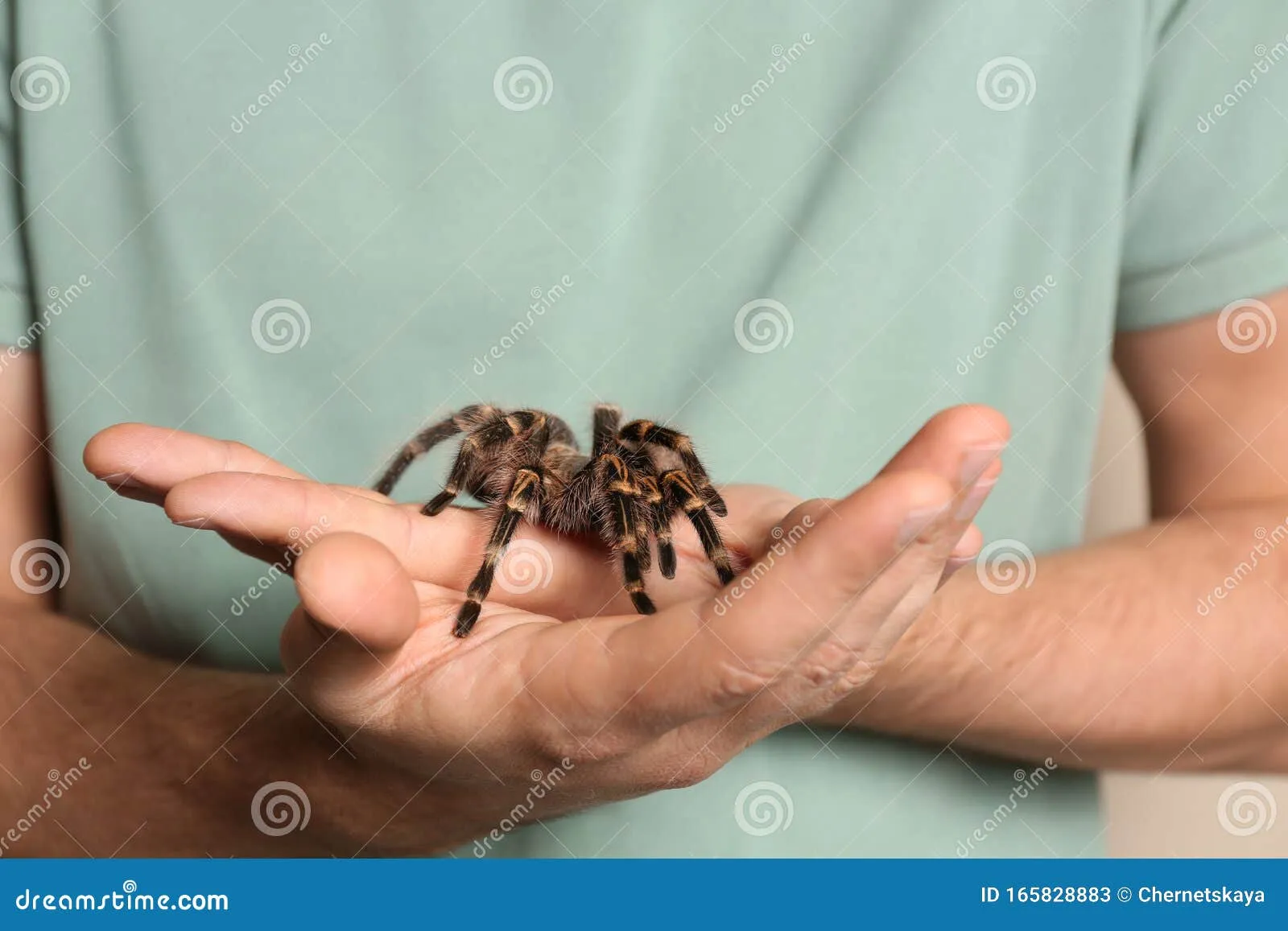Striped Knee Tarantula Handling Safety Top 5 Tips
Handling a striped knee tarantula can be a rewarding experience, allowing you to observe these fascinating creatures up close. However, it’s crucial to prioritize the safety of both the tarantula and yourself. These top 5 safety tips will guide you through the process, ensuring a safe and enjoyable interaction with your pet. Striped knee tarantulas, known for their striking coloration and relatively docile temperament, still require cautious handling. Following these guidelines can significantly reduce the risk of bites and stress for your tarantula. Remember, a calm and informed approach is key to successful and safe handling. Always respect the animal’s boundaries and prioritize its well-being.
Understand Your Striped Knee Tarantula
Before even considering handling, it’s essential to understand your striped knee tarantula’s behavior. These tarantulas, while generally considered less aggressive than some other species, can still exhibit defensive behaviors if they feel threatened. Learning to recognize their cues is the first step in safe handling. Observe your tarantula’s daily habits, feeding preferences, and overall demeanor. A healthy and content tarantula is less likely to display aggressive behavior. The more familiar you are with your pet’s individual personality, the better you’ll be at anticipating its reactions and avoiding potential conflicts. Patience and observation are crucial components of responsible tarantula ownership.
Recognizing Aggression in Striped Knee Tarantulas
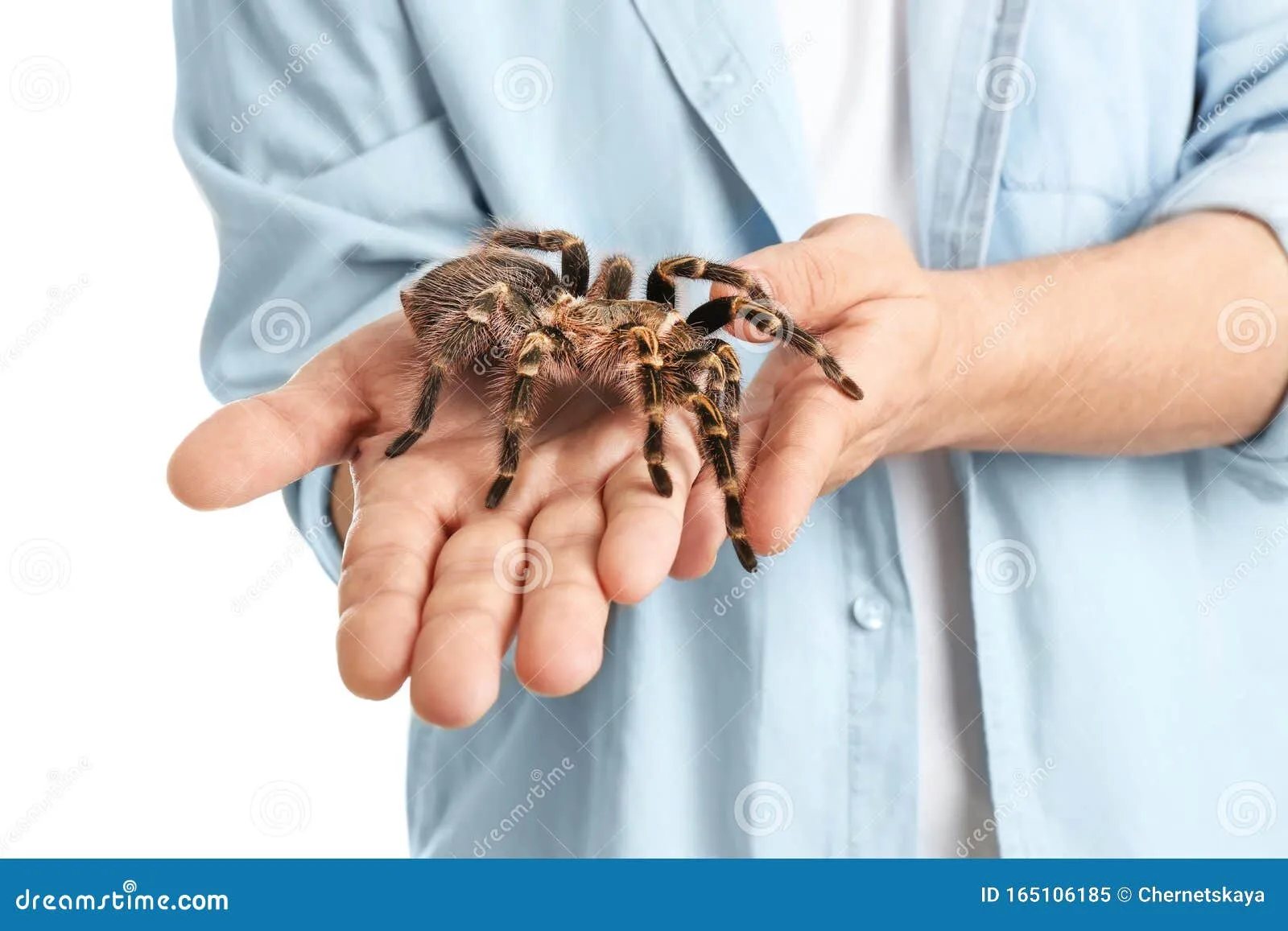
Striped knee tarantulas communicate their feelings through various behaviors. Recognizing these signs of aggression is vital to prevent bites. Understanding these signals allows you to adjust your handling approach or, ideally, avoid handling altogether when the tarantula is stressed or agitated. Take note of any changes in the tarantula’s usual behavior before attempting to handle it. These subtle clues can indicate the tarantula’s current mood and help you make informed decisions about whether handling is appropriate. Always prioritize the tarantula’s well-being, and if in doubt, it’s best to err on the side of caution and postpone handling.
Body Language Clues
Observe your tarantula’s body language. A defensive posture often involves raising the front legs, exposing the fangs, and rearing up in a threat display. Rapid movements or erratic behavior can also signal agitation. A tarantula that feels threatened may also flick hairs (urticating hairs) from its abdomen toward a perceived threat. These hairs can cause skin irritation and should be avoided. Look for a tense, alert posture, which indicates the tarantula is not comfortable. Understanding these subtle cues allows you to respond appropriately and avoid triggering a defensive reaction. Learning these visual cues comes with observation.
Defensive Behaviors
Defensive behaviors can range from the tarantula attempting to escape to displaying a threat posture. Some tarantulas may also hiss or stridulate (rub their legs together to create a hissing sound) to warn off potential threats. Striped knee tarantulas, when feeling threatened, may retreat to their burrows or hide. If your tarantula exhibits any of these behaviors, it’s best to leave it undisturbed and reassess the situation later. Trying to handle a tarantula that is displaying defensive behaviors greatly increases the risk of a bite or causing stress to the animal. Always prioritize the tarantula’s well-being by respecting its boundaries.
Preparing for Handling
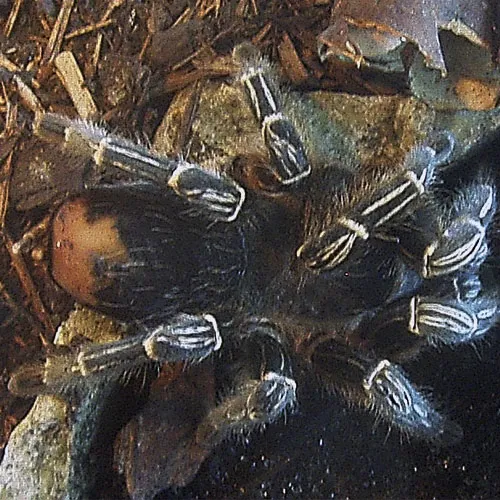
Proper preparation is critical for safe tarantula handling. This includes setting up a suitable environment and gathering the necessary protective gear. Handling your tarantula in a controlled environment minimizes the risk of escape and ensures you can safely manage the situation. Taking these steps will help reduce stress for both you and your tarantula. Thorough preparation is not only about safety, but also creating a positive handling experience. A calm and organized approach can make the entire process smoother.
The Handling Environment
Choose a well-lit, enclosed space, such as a large clear plastic tub or an empty room with closed doors and windows. This prevents the tarantula from escaping and allows you to easily monitor its movements. Remove any potential hazards from the environment, such as small objects that the tarantula could hide under or sharp items that could cause injury. A clean and uncluttered space provides a safe environment for handling. This helps you minimize the risk of accidents and ensure the tarantula’s safety. The environment should be easily accessible for the quick return of the tarantula to its enclosure if needed.
Protective Gear
While a bite from a striped knee tarantula is generally not life-threatening, it can be painful. Wearing appropriate protective gear, such as long sleeves and gloves, can minimize the risk. Use gloves that allow for dexterity and a good grip. If you have sensitive skin, consider using a face shield or eye protection to guard against urticating hairs. Protective gear isn’t a substitute for careful handling, but it adds an extra layer of safety. Inspect the gear before each handling session to ensure it is in good condition. Make sure the gear fits properly and doesn’t impede your movements or vision.
The Handling Process
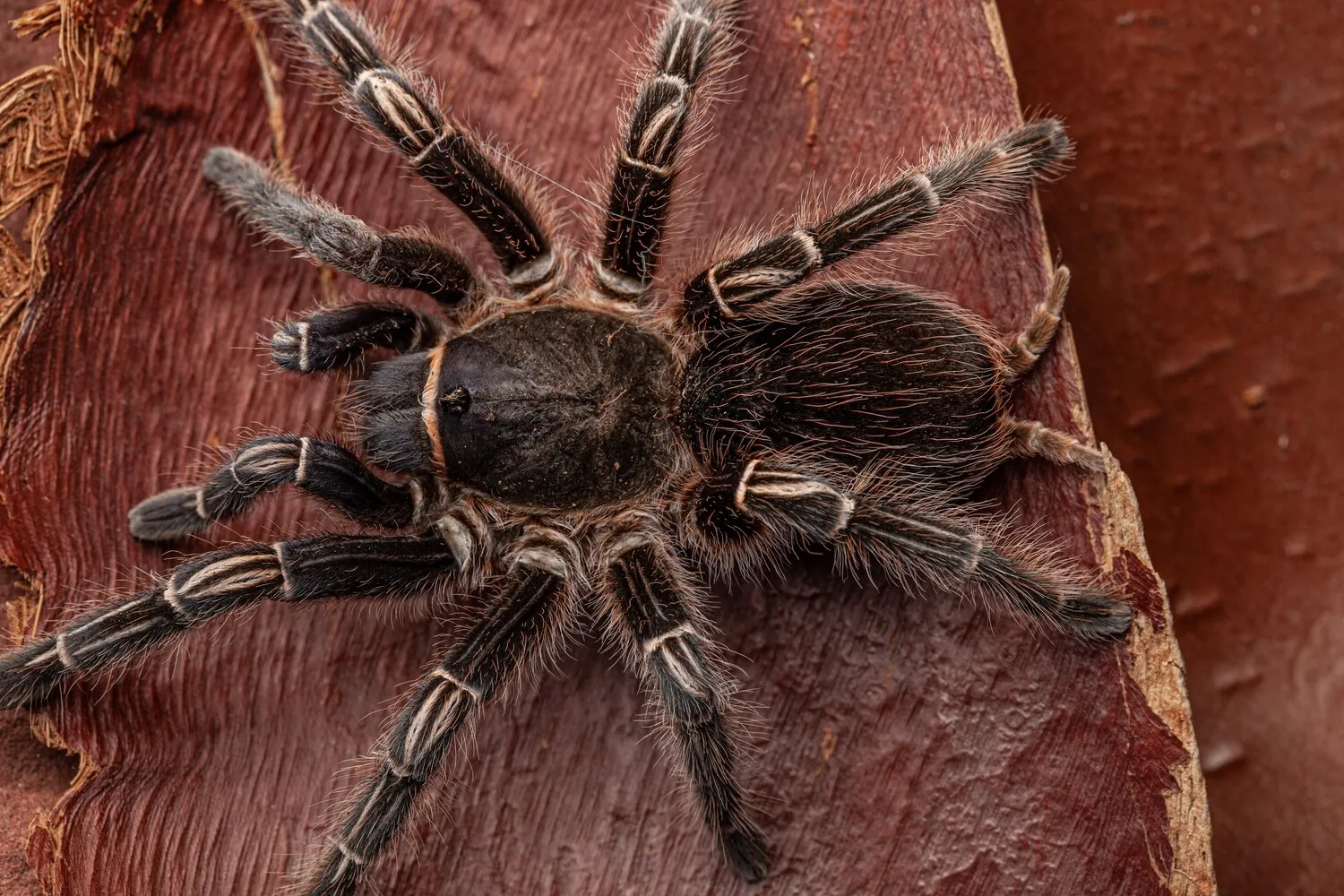
Approach handling your striped knee tarantula with a calm and steady manner. Avoid sudden movements or loud noises that could startle the tarantula. Patience and a gentle approach are key to a positive experience for both you and the tarantula. If your tarantula shows any signs of stress, immediately stop and allow it to return to its enclosure. This process should always prioritize the well-being and safety of the tarantula. The handling process should be a deliberate action, and not a rushed one. Always be mindful of the tarantula’s needs and comfort.
Gentle Guidance
Use a soft brush or your hand to gently encourage the tarantula to move onto your hand. Avoid grabbing or forcing the tarantula, as this can cause it to become defensive. Support the tarantula’s body and provide a stable surface for it to walk on. Avoid sudden movements or drops, as this can injure the tarantula. Talk to your tarantula in a calm and soothing voice. This can help reassure the tarantula and create a more positive handling experience. Providing gentle guidance allows the tarantula to move at its own pace.
Avoiding Drops and Trauma
Always handle your tarantula close to the ground or over a soft surface to minimize the risk of injury if it falls. Never handle your tarantula while standing or in a location where a fall could lead to serious injury. Be aware of the tarantula’s movements and try to anticipate its actions. Regularly check the tarantula’s position to ensure it is secure and comfortable. If the tarantula appears agitated or stressed, gently return it to its enclosure immediately. Any drop or impact could be detrimental. Always keep a watchful eye to prevent accidents.
Post-Handling Care
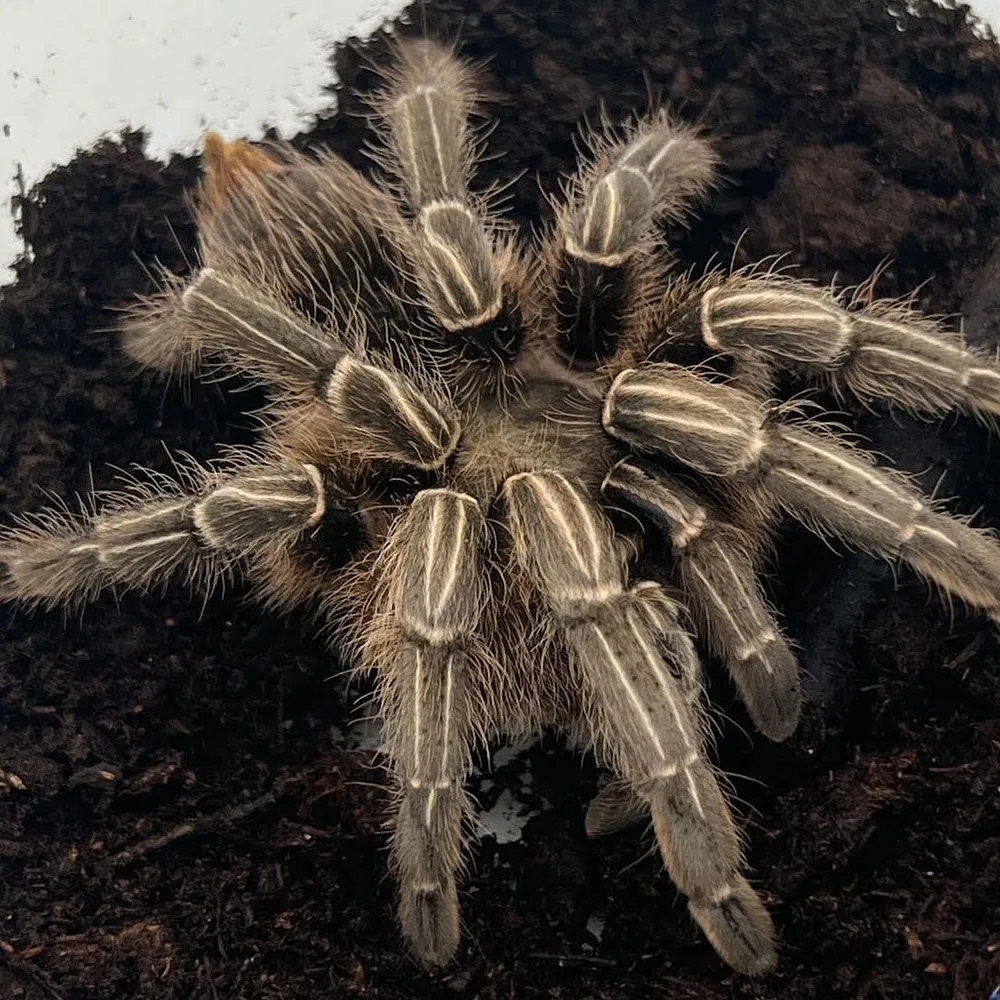
After handling, carefully return your striped knee tarantula to its enclosure. Observe the tarantula for any signs of stress or injury. Always wash your hands thoroughly after handling, even if you wore gloves. Handling can be a bonding experience, but it should always be done with respect for the animal. Following post-handling care guidelines guarantees your tarantula’s health and well-being. Regularly check your tarantula’s enclosure for any signs of stress or injury. Regular observations will prevent complications.
Safe Return to Enclosure
Gently guide the tarantula back into its enclosure. Ensure the tarantula is comfortable and safely positioned before closing the enclosure. Avoid dropping or startling the tarantula during the return process. Observe the tarantula for any unusual behavior after it has been returned to its enclosure. A smooth and stress-free return is critical. A stress-free return is the final step of the process, but it’s just as important as the other steps. This will allow your tarantula to remain calm and relaxed.
Observe and Learn
After each handling session, take the time to observe your tarantula’s behavior. Note how it reacted during the handling process and any changes in its behavior afterward. Over time, you’ll gain a deeper understanding of your tarantula’s personality and preferences. This information can inform your handling practices and allow you to modify your approach as needed. Keep a log of your handling experiences. Regular observations can help identify potential issues.
Common Handling Mistakes to Avoid
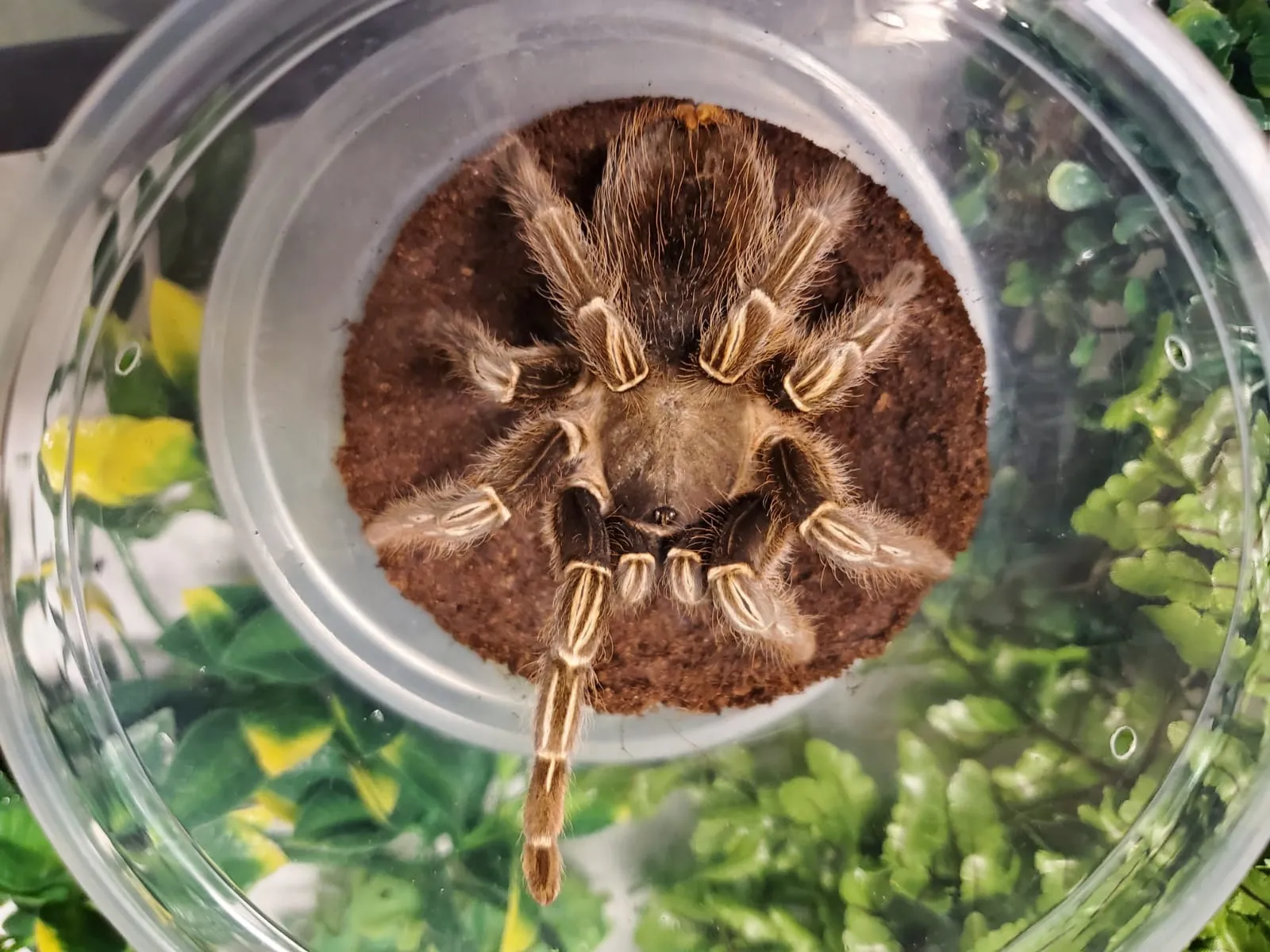
Avoiding common mistakes is crucial for the safety of both you and your striped knee tarantula. These mistakes can lead to bites, stress, and even injury to the tarantula. Being aware of these pitfalls allows you to handle your tarantula responsibly and create a positive experience. Education is key, and recognizing these common mistakes will help you handle your tarantula with confidence and care. Careful consideration of common handling mistakes guarantees safety.
Forcing Interaction
One of the most common mistakes is forcing interaction with a tarantula that doesn’t want to be handled. If your tarantula is hiding, exhibiting defensive behaviors, or simply doesn’t seem interested in interacting, it’s best to respect its space. Forcing interaction can lead to bites and stress for the tarantula. Always prioritize the tarantula’s well-being by allowing it to control the interaction. Never force your tarantula to come out, and never reach into the enclosure if the tarantula seems agitated. A little patience will go a long way.
Overconfidence and Carelessness
Overconfidence and carelessness are dangerous when handling any animal, especially tarantulas. Even if you have experience handling tarantulas, always remain vigilant and attentive. A moment of inattention can lead to a bite or a dropped tarantula. Always handle tarantulas carefully and follow all safety protocols. Never assume you know how a tarantula will react, and always be prepared for unexpected behaviors. Always be aware of the risks involved and take precautions. Always remain respectful of the tarantula.
Neglecting Environmental Factors
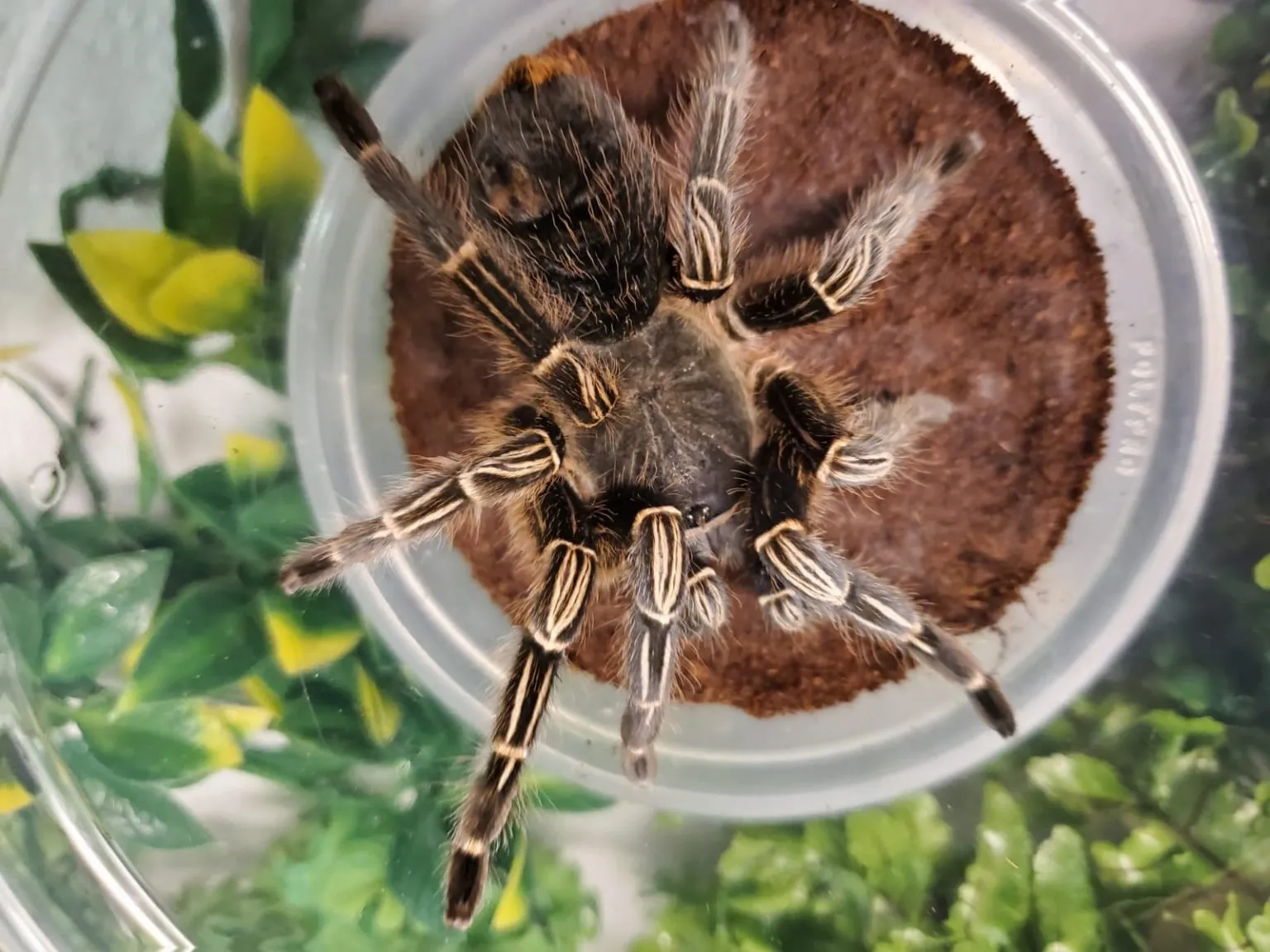
Neglecting environmental factors, such as temperature and humidity, can stress your tarantula and make it more likely to exhibit defensive behaviors. Ensure your tarantula’s enclosure is properly maintained and provides a suitable environment. Handle your tarantula in a safe, controlled environment, free from distractions. Ensure your handling environment is clean, secure, and free from hazards. Create the proper environmental factors prior to the handling process. These conditions include things such as suitable temperature and humidity, along with the proper lighting.
Health and Safety
Prioritizing the health and safety of both you and your striped knee tarantula is paramount. Being prepared for potential health issues and understanding basic first aid procedures is essential. Awareness and knowledge are your best tools when it comes to handling tarantulas. Knowing how to deal with potential health issues is important for responsible tarantula ownership. Proper first aid procedures are important, and it is important to have a basic understanding of these procedures.
First Aid for Bites
While bites from striped knee tarantulas are generally not life-threatening, they can be painful and cause localized symptoms. If you are bitten, remain calm and gently clean the bite wound with soap and water. Apply a cold compress to reduce swelling and discomfort. Seek medical attention if you experience severe symptoms, such as difficulty breathing, severe allergic reactions, or extensive swelling. Documenting the bite can also be helpful. Knowing the proper first aid procedures is important. If you are bitten, do not panic, but act quickly and methodically.
Allergic Reactions
Some individuals may be allergic to tarantula venom or urticating hairs. Symptoms of an allergic reaction can include skin irritation, swelling, difficulty breathing, and other serious reactions. If you experience any of these symptoms after handling your tarantula, seek immediate medical attention. Be aware of any potential allergies before handling. Learn the symptoms of allergic reactions. Do not hesitate to seek medical attention immediately if you experience any allergic reactions.
Long-Term Health
Proper handling practices and a stress-free environment contribute to your tarantula’s long-term health. Avoid unnecessary handling, and always respect the tarantula’s boundaries. Provide a suitable enclosure, proper temperature and humidity, and a varied diet. Observe your tarantula regularly for any signs of illness or injury. Consulting with a veterinarian specializing in exotic animals can also provide additional guidance. A healthy tarantula is a happy tarantula. Always prioritize your tarantula’s well-being.
